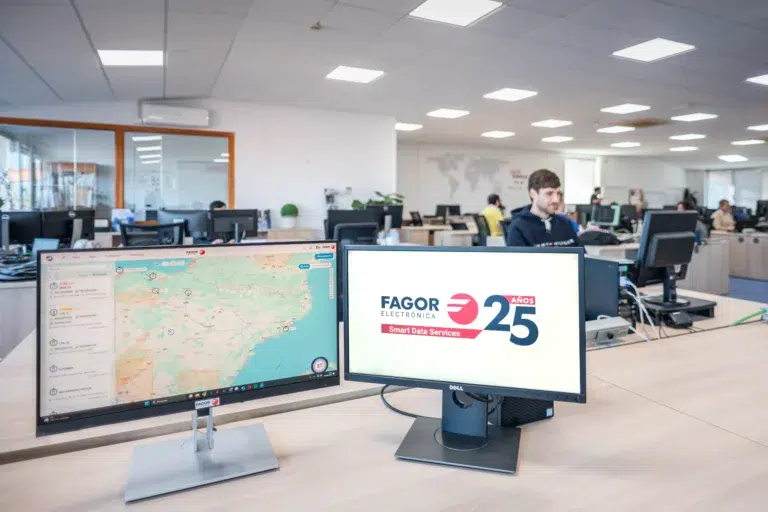Operational efficiency is one of the objectives pursued by all companies regardless of the sector in which they operate. For years, transport and distribution companies have been trying to improve their operations by constantly striving for more and better efficiency in distribution-related areas.
Both route planning and route optimisation are vitally important processes, as the management of vehicle fleets and the routes they take have an undeniable impact on costs.
When we refer to route management and optimisation, we are basically talking about the process of designing and planning the most efficient routes to maximise productivity and reduce operating costs. In short, that each vehicle can perform an optimal distribution route, making as many deliveries as possible within its working hours window, and covering the least number of kilometres on that route.
This simple but highly strategic approach involves analysing a number of variables, such as distance, travel time, vehicle load, traffic restrictions and customer preferences (delivery time windows etc.), in order to find the optimal combination that allows deliveries to be made quickly, safely and cost-effectively.
How a Route is Optimised
Route optimisation has “undergone” a major shift in recent years, jumping from manual planning to today, where route planning is based on advanced data analytics and technologies such as Artificial Intelligence. At Fagor Electrónica we are well aware of this, which is why FlotasNet, our route optimiser, incorporates the most advanced Artificial Intelligence algorithms so that the result of the operation is the most optimal and efficient.
In order to achieve optimal planning, various strategies and tools are required. First, it is crucial to collect and analyse detailed data on fleet operations, including demand patterns, customer locations and traffic conditions. Being able to access this information in both time and form is essential, as this data is used to identify opportunities for improvement and to optimise existing routes.
In addition, there are several technological tools that facilitate the route optimisation process. We are talking about tools that include fleet management software with route planning capabilities, advanced optimisation algorithms, real-time tracking systems, as well as advanced data analytics management. The combination of these tools allows us with FlotasNet to offer fleet managers, operations or traffic managers to create efficient routes, optimally allocate resources and make real-time adjustments as needed at any given time.
Tangible and Quantifiable Benefits
Route optimisation offers a number of tangible benefits that directly impact the profitability and competitiveness of a transport or distribution company, in addition to those described above. Firstly, it reduces operating costs by minimising distance travelled and travel time. This translates into significant savings in fuel, vehicle maintenance, component and parts costs and tyre life. These are all direct costs borne by the company itself, which, by reducing them, achieves an improvement by reducing its activity-related costs.
In addition, it improves operational efficiency by ensuring an equitable distribution of the load among distribution vehicles and staff, using only the strictly necessary and optimised vehicles and staff resources, will prevent delays in goods deliveries. This, of course, increases fleet productivity and improves customer satisfaction with perceived service by ensuring accurate delivery times, as well as total transparency of information about their shipments.
It is important to note that the benefits of route optimisation are not limited to a specific type of vehicle. Whether for cars, vans or trucks, the principles and techniques used to optimise routes are equally applicable and effective in all cases, changing only some of the constraint variables that are taken into consideration when planning, such as the carrying capacity of each type of vehicle, driving time restrictions in the case of trucks, or even restrictions on access to certain areas for certain types of vehicles, as is often the case with the ban on HGVs entering historic city centres. Translated with www.DeepL.com/Translator (free version)
Conclusion
The Key to an Efficient Logistics Operation
The key to an efficient logistics operation comes from the use of technology, and in this section, route optimisation is an essential practice in the management and operation of transport or distribution.
By using advanced technological strategies and tools to maximise and optimise fleet routing, companies increase efficiency from the very start of implementation, reducing operating costs and improving customer satisfaction, which should be the ultimate goal.
Alejandra Smartdata


Carlos Zubialde
Specialist Transport and Logistics Consultant


